10:14, 30/05/2023
BHG - Part 1: Recurring refrain of "thirst season"
Prolonged drought, withered crops, people's lives struggling due to lack of water... are the images that the northernmost land is suffering. This is an urgent issue, posing the "problem" of ensuring water sources for daily life and production of the border people. Although the state has invested in building "hanging lakes" and water tanks, it is no different from "a drop in the ocean" when climate change is having increasingly severe impacts. What will be the strategic solution to help people "quench their thirst" in the dry season?
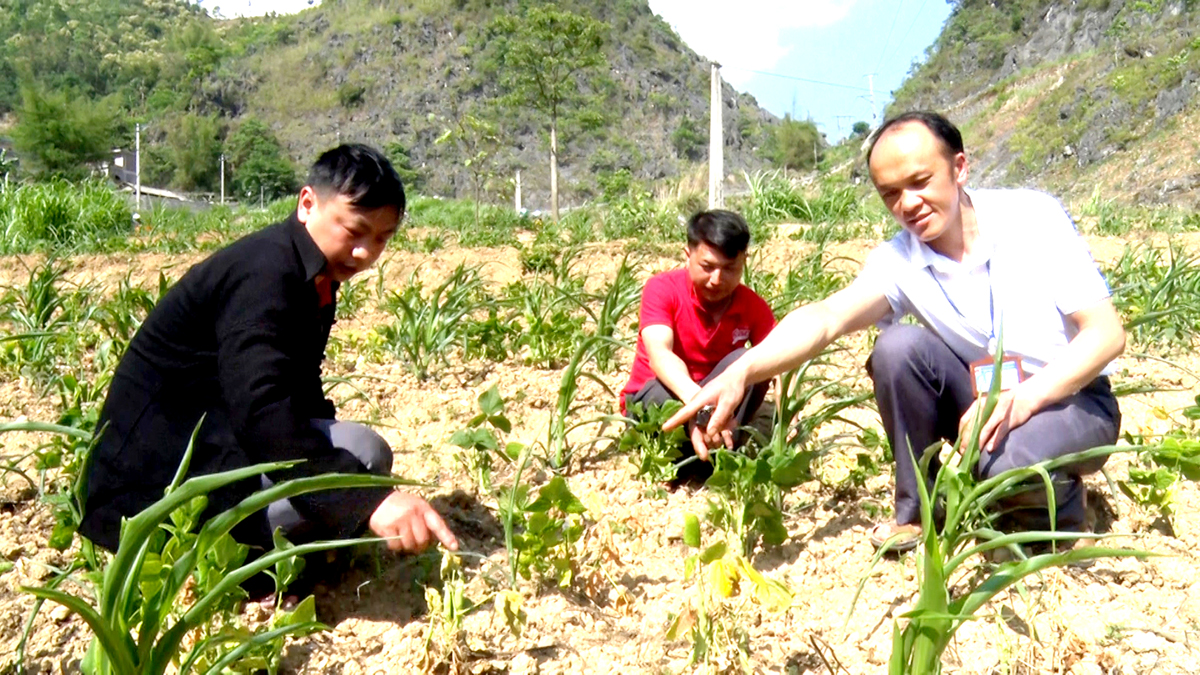 |
| People in Thai Phin Tung commune (Dong Van) check the growth of corn and bean plants under the influence of prolonged heat. |
Dong Van Karst Plateau UNESCO Global Geopark has long been considered a “thirsty rocky land” due to the long dry season and water shortages that occur all year round. From October of the previous year to May of the following year is the time when the land and people here struggle with drought.
This year, the heat has reached its peak compared to previous years, the temperature remains high, some days the temperature reaches over 40 0 C; although the first rain of the season seems to bring hope to "cool down" the people, the image of water shortage is still present everywhere. Stretching from Quan Ba to Yen Minh, Dong Van, Meo Vac, the "hanging lakes" are dry, lying exposed with layers of gray rocks; the land is cracked, the crops are wilting, there is a risk of losing the whole crop; people, students, even children struggle to find water in streams, creeks... Not only that, the sunny and windy western districts are also in the same situation when trees and crops have withered. Another "thirst season" is recurring, the risk of crop failure and food shortage is an existential concern.
Right at the time when crops are in the growing stage, the prolonged heat and drought seem to have robbed the "food" of farmers who "work their faces in the ground and their backs in the sky" all year round. Although localities have struggled to fight the drought, proactively pumping water from ponds, lakes, rivers, and streams to save crops, the damaged area is still too large. The whole province has over 1,900 hectares of spring crops affected; of which, over 70% of corn crops (667 hectares) were damaged, soybeans (153 hectares)... According to the leaders of Xin Man district, the locality with the largest damaged area in the province, with nearly 1,800 hectares affected by drought; although the commune authorities have instructed people to harvest the damaged corn areas, the plants have corn but no grain for animal feed... but poverty may return, haunting people's lives.
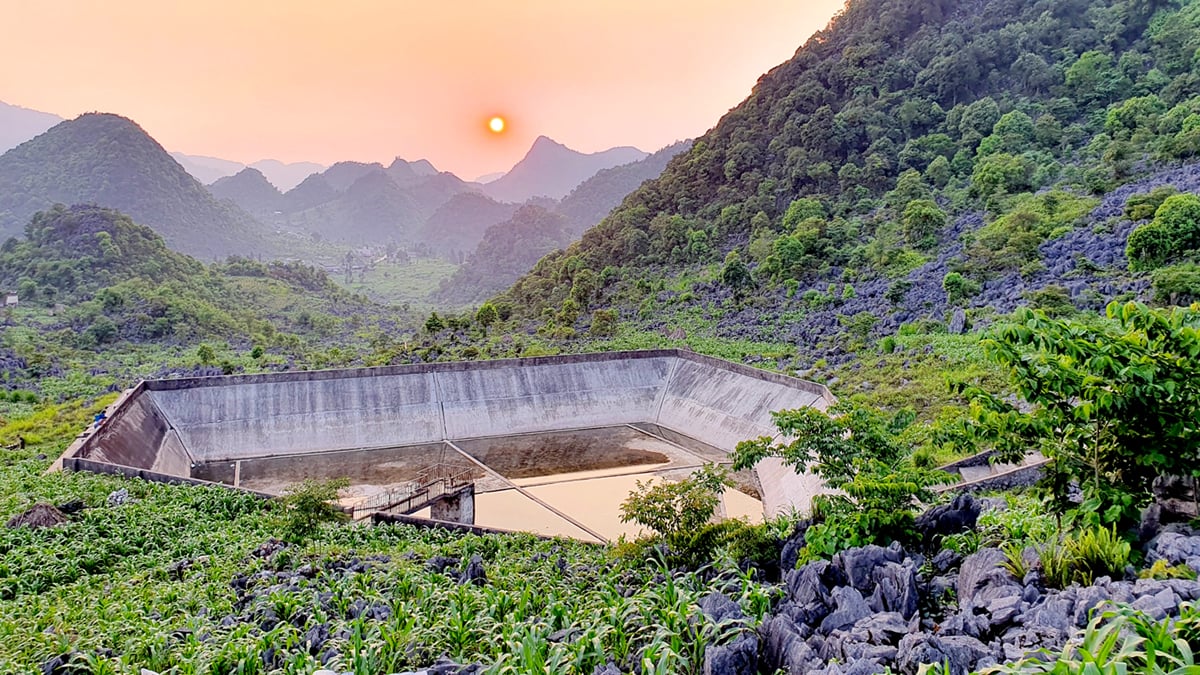 |
| The "hanging lake" in Can Chu Phin commune (Meo Vac) has dried up after months of no rain. |
Dong Van Stone Plateau is majestic and wild, but 3/4 of the area is limestone and cat ear rocks, the forest area is sparse, underground water is rare and difficult to exploit; the water storage capacity on the rocky mountains is poor... causing hundreds of thousands of people here to always live in a state of lack of water for daily life and cultivation. Water for daily life of the people mainly depends on rain. Witnessing the scene of farmers living in the middle of the rocky mountains, wading dozens of kilometers to get a few cans of water for daily use makes me feel heartbroken. Prolonged drought has caused a lack of drinking water, so not many people think about bathing and washing. Talking to Mr. Giang Mi Cho, Can Chu Phin commune (Meo Vac), I realized that water here is as precious as gold to the people. Mr. Cho said: “The family received support to build a water tank, but there is no rain so the hanging pond is dry; every day we have to go find a far away source of water to get, each time we get a 20-liter can. Now we only worry about the corn and bean plants on the field, because without rain they are all about to die, we are afraid of starvation!”
Because it has not rained for many months, the lives of people in the Rocky Plateau have fallen into a difficult situation. Not only do many families have to spend money to buy water for daily use, but when schools are not on summer break, most of them share the same situation of water shortage. The "thirst" that has come to schools has become a major obstacle in teaching and learning. There are schools that spend tens of millions of dong to buy water each month, but it is only enough to cook for boarding students. Some schools assign teachers and students to go get water for their personal needs, but due to the severe water shortage, it has greatly affected the sanitation work in the school. What is worrying is that schools buy water according to demand and the sellers are mainly private individuals, so there has been no assessment of the water source, because due to the urgent need, the inspection has not really received comprehensive attention.
The water shortage of the people in the "thirsty rocky region" has been partly "rescued" when the state invested in a number of "hanging lakes" in the localities many years ago. However, due to the insufficient quantity; depending heavily on the rainfall, people still face hardship every year. In particular, the situation of people "living thirstily" right on the underground water source is something worth worrying about. In Meo Vac district, after research and exploration drilling, underground water sources were discovered in Meo Vac town and Pa Vi commune; 5/7 boreholes have water with a total actual pumping flow of about 1,100 m3/day and night. This is considered a "gold mine" that, when exploited, will meet the domestic water needs of thousands of people in the district; but since the pump broke down, it has been 13 years, the water source is still flowing underground and people are still thirsty.
It is clear that the construction of water exploitation projects requires a large amount of money, while our province has limited financial resources, so investment is difficult. Therefore, the discovery and exploitation of water sources to help people have adequate access to domestic water and to find out the root cause to have a strategy to solve the water shortage of the people is an urgent issue.
Article and photos: Bui Thu Hang (Provincial Journalists Association)
Final episode: Solution to the "problem" of water shortage in the dry season
Source link


![[Photo] Scientific workshop "Building a socialist model associated with socialist people in Hai Phong city in the period of 2025-2030 and the following years"](https://vphoto.vietnam.vn/thumb/1200x675/vietnam/resource/IMAGE/2025/5/21/5098e06c813243b1bf5670f9dc20ad0a)
![[Photo] Prime Minister Pham Minh Chinh receives the President of Asia-Pacific region of PowerChina Group](https://vphoto.vietnam.vn/thumb/1200x675/vietnam/resource/IMAGE/2025/5/21/0f4f3c2f997b4fdaa44b60aaac103d91)
![[Photo] Determining the pairs in the team semi-finals of the National Table Tennis Championship of Nhan Dan Newspaper](https://vphoto.vietnam.vn/thumb/1200x675/vietnam/resource/IMAGE/2025/5/21/eacbf7ae6a59497e9ae5da8e63d227bf)


![[Photo] Prime Minister Pham Minh Chinh receives Rabbi Yoav Ben Tzur, Israeli Minister of Labor](https://vphoto.vietnam.vn/thumb/1200x675/vietnam/resource/IMAGE/2025/5/21/511bf6664512413ca5a275cbf3fb2f65)
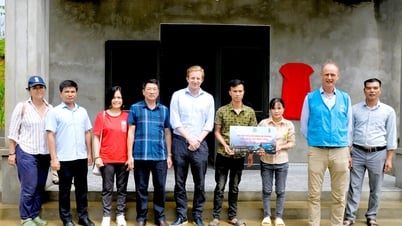

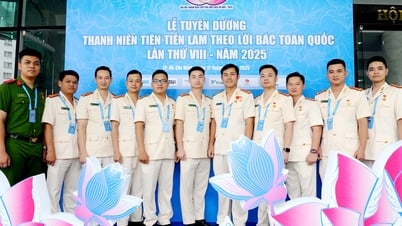

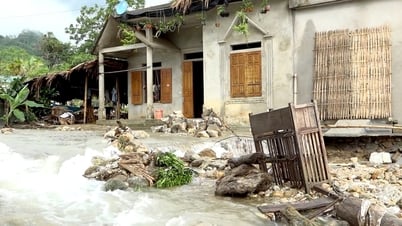





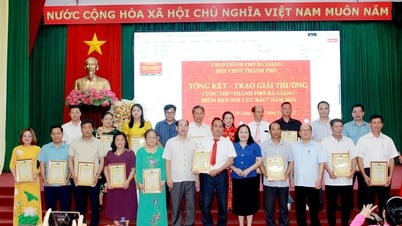

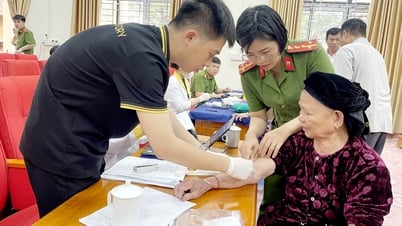
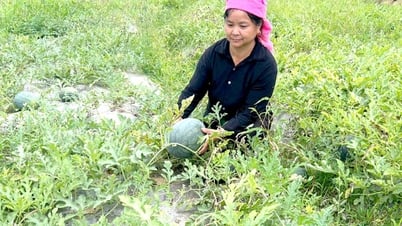












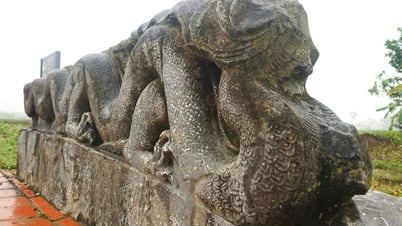



















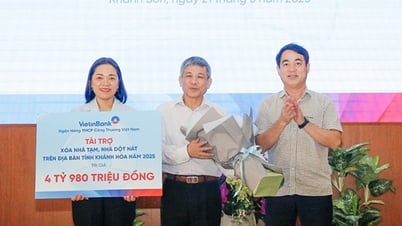






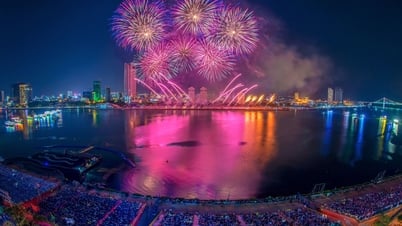






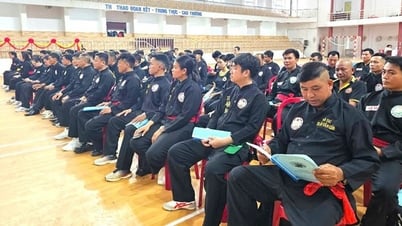



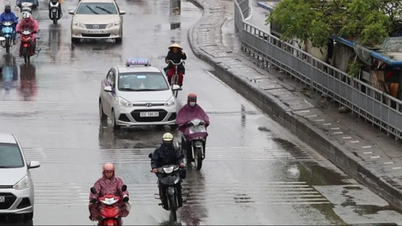






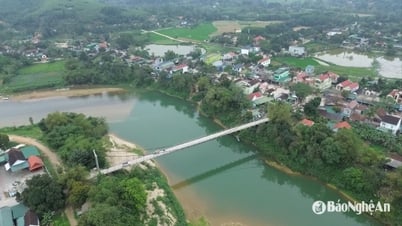











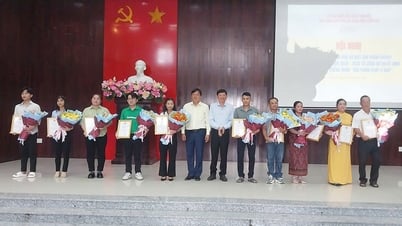

Comment (0)